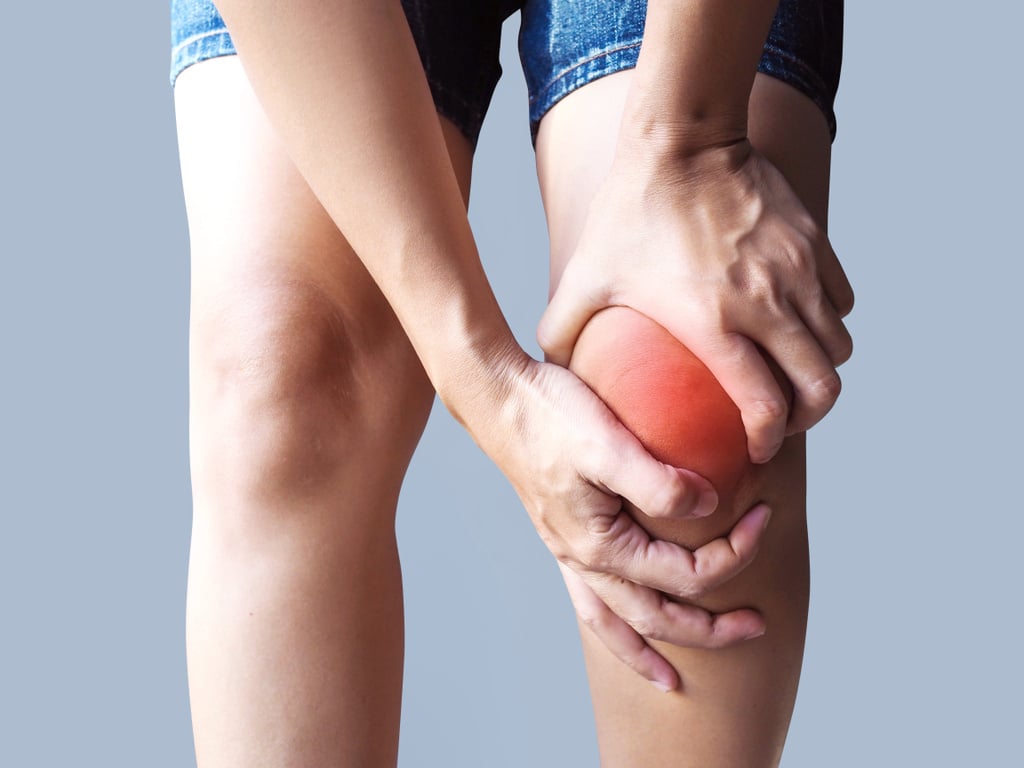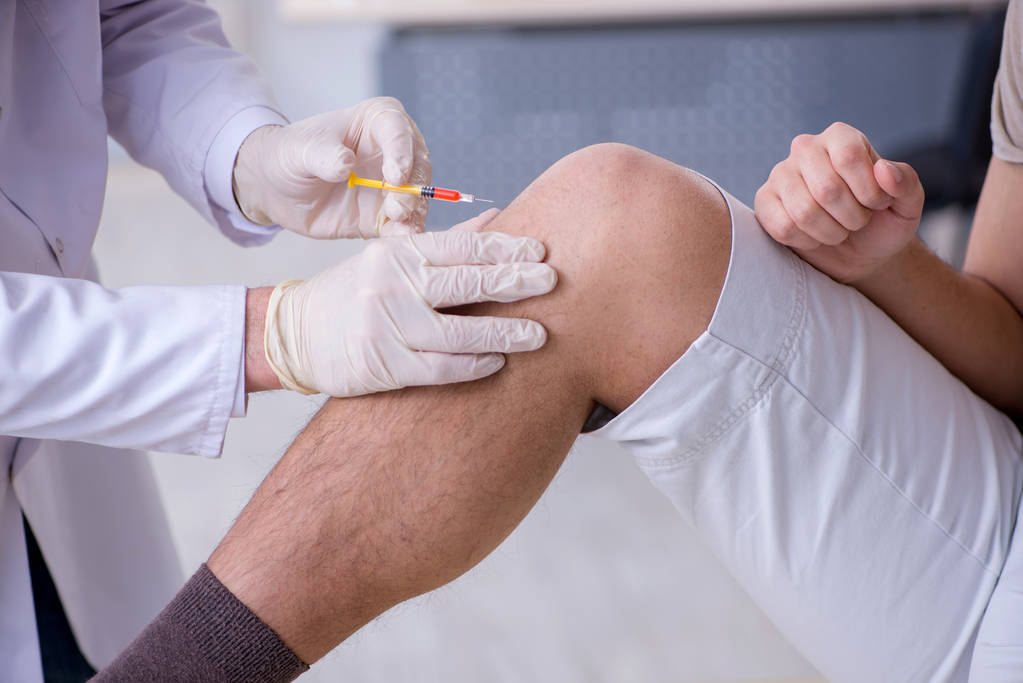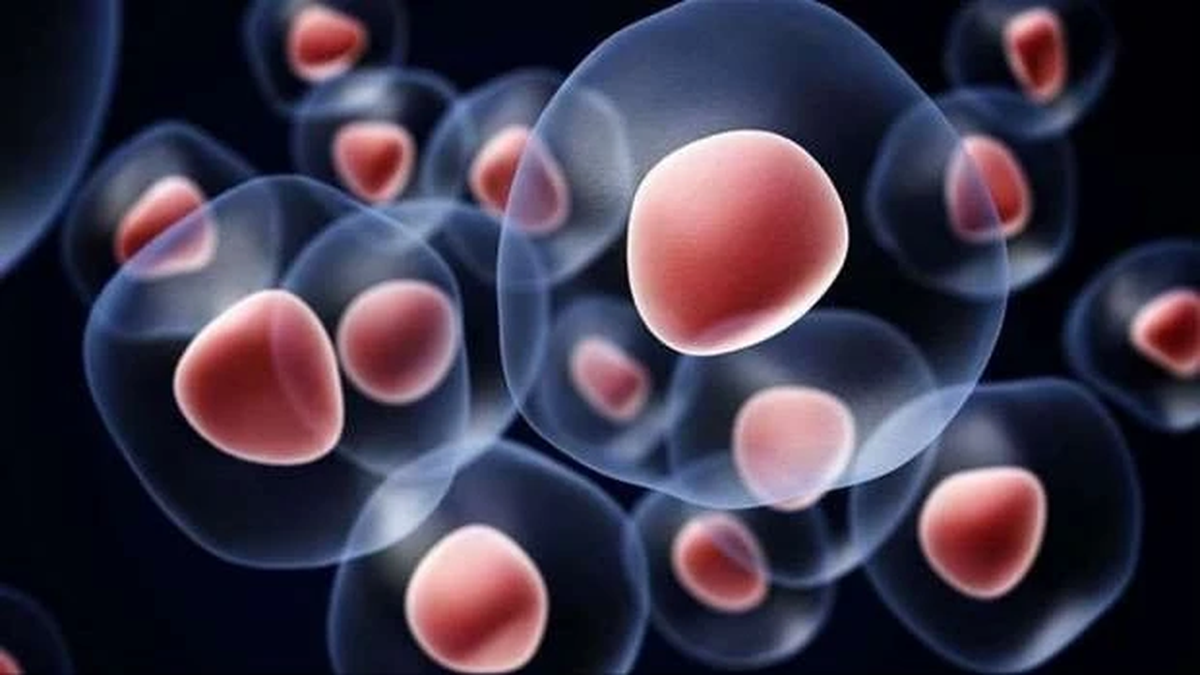Knee pain and osteoarthritis can occur at any age, affecting daily life. In addition to oral and topical medications, non-surgical treatments include injections into the knee joint.
1. Can knee osteoarthritis be cured?
Knee osteoarthritis is a chronic joint disease characterized by knee pain, swelling, stiffness, deformity... In severe cases, walking may be impossible.
Current treatments cannot completely cure osteoarthritis , nor can they restore 100% of the health of affected joints. However, the focus of these treatments is to slow the progression of the condition while protecting the knee from further damage.

Knee pain and knee osteoarthritis can occur at any age and have a worrying impact on mobility.
In general, the first-line treatment for knee osteoarthritis is with oral anti-inflammatory and analgesic medications, physical therapy, exercise, weight loss, and other measures.
Injections into the joint are thought to reduce inflammation in the joint or reduce cartilage wear to a certain extent, but the effectiveness will decrease after a few years. Total knee replacement is often used as a last resort treatment option for osteoarthritis of the knee to relieve pain and improve function.
2. Drugs that can be injected to treat knee osteoarthritis
- Steroid injection : The doctor will inject a steroid containing a local anesthetic into the knee joint. Steroids can quickly inhibit tissue inflammation, reduce local inflammation, relieve pain, and have a fast effect within 24-48 hours.
The proposed group includes:
- The patient has knee pain.
- The patient has been treated with medication but has not seen any improvement.
- The patient cannot take oral anti-inflammatory drugs.
Side effects include:
- Steroids can damage tissue around the knee joint.
- Thin skin, unusual color at the injection site.
- The risk of infection increases, so your doctor will carefully check for infections inside and outside the knee joint and look for a history of allergy to steroids.
Treatment limitations:
Steroid injections into the knee usually work best during the first few injections, so are not suitable for long-term treatment and can interfere with the body's natural repair process. If there is no improvement after a period of injections, treatment should be changed.
- Hyaluronic acid injection: The doctor will inject artificial joint fluid or a lubricant called hyaluronic acid directly into the knee joint cavity to reduce friction on the cartilage surface. The effect can last from 3-6 months. Repeated injections can be performed when necessary, as recommended by the doctor. Artificial joint fluid injection helps reduce pain, reduce inflammation, improve mobility, and improve the quality of life of people with knee osteoarthritis.
The proposed group includes:
- The patient had early to moderate knee wear.
- The patient tried painkillers, anti-inflammatories, and physical therapy without improvement.
- The patient had a knee that was not clearly inflamed enough to require steroid injections.
- The patient cannot have knee replacement surgery.
Side effects:
Possible side effects include knee swelling and pain due to inflammation during treatment.
Treatment limitations:
Artificial joint fluid injections reduce pain more slowly than steroid injections. Artificial joint fluid injections should not be used in the elderly or in patients with severe knee wear, joint damage or severe deformity. Patients with a history of protein allergy should not be given this injection. The doctor should be informed before treatment.
- Platelet-rich plasma injection: The doctor will inject plasma (PRP) containing the patient's own concentrated platelets, separate red blood cells and white blood cells by centrifugation, obtain platelets with a high enough concentration suitable for treatment, then inject back into the damaged area for treatment. The patient may experience swelling and mild pain after the injection.
The proposed group includes:
- The patient is young, in the early stages of the disease, and the cartilage is not severely damaged.
- The patient had mild to moderate knee wear.
- The patient took painkillers, anti-inflammatory drugs, and physical therapy without improvement.
- Patients sensitive to nonsteroidal anti-inflammatory drugs (NSAIDs) such as ibuprofen...
- The patient cannot receive steroid injections.
Side effects:
- The knee joint may be swollen and painful for about 3 days after the injection. If multiple injections are needed, the patient should follow the doctor's recommendations over a period of several weeks or months.
- Patients should avoid steroid medications or injections for 2–3 weeks prior to treatment and stop all nonsteroidal anti-inflammatory drugs (NSAIDs) for at least 1 week.
- Patients should not use drugs that affect blood clotting within 5 days before treatment.
Treatment limitations:
PRP injection therapy is not recommended for patients with severe knee osteoarthritis , inflammation, acute infection, blood disease or abnormal bleeding, patients taking anticoagulants, anemia or pregnant women.
3. Things to note when injecting drugs to treat knee osteoarthritis

In addition to oral and topical medications, nonsurgical treatments include injections into the knee joint.
Knee injections are not suitable for everyone and should only be performed by experienced and specialized doctors, due to the risk of infection and drug allergy. In addition, treatment results vary from patient to patient. Depending on individual characteristics, the doctor may recommend other treatments.
Overall, joint injections should not be considered the sole treatment for osteoarthritis or other joint conditions. The effects of many of these medications tend to wear off over time, and the long-term effects of medications, especially corticosteroids, on the joints are controversial.
When used intra-articularly, corticosteroid injections should be given at intervals of no less than 3 months, not more than 2 to 3 times per year. The duration of pain relief may vary depending on the type of steroid used.
Hyaluronic acid injections are usually given as a series of injections over 3 to 5 weeks and are used primarily before knee replacement surgery in patients who cannot tolerate corticosteroids and do not respond to oral medications.
In addition, patients should note:
- Control weight, avoid being overweight will accelerate knee joint wear and tear.
- Adjust behavior to avoid overusing the knee joint, such as lifting heavy objects, squatting, sitting on the knees for long periods of time.
- Avoid strenuous or impact movements, do not bend your knees too much.
- Be careful to protect the knee joint from injury. If injured, seek immediate treatment.
- Regularly exercise the muscles around the knee joint to increase strength.
Dr. Nguyen Quoc Hoa
Source: https://giadinh.suckhoedoisong.vn/khi-nao-can-tiem-thuoc-chua-thoai-hoa-khop-goi-172241113231111803.htm


































































































Comment (0)